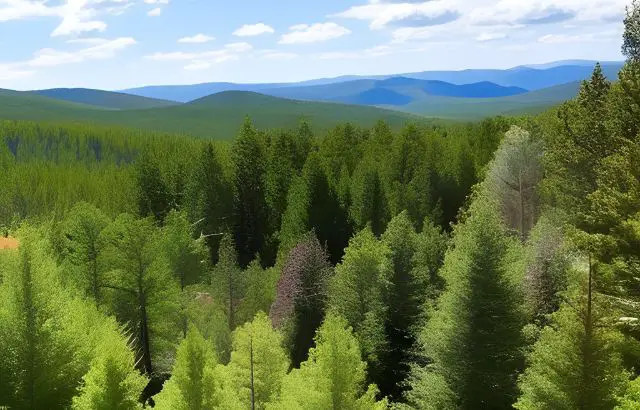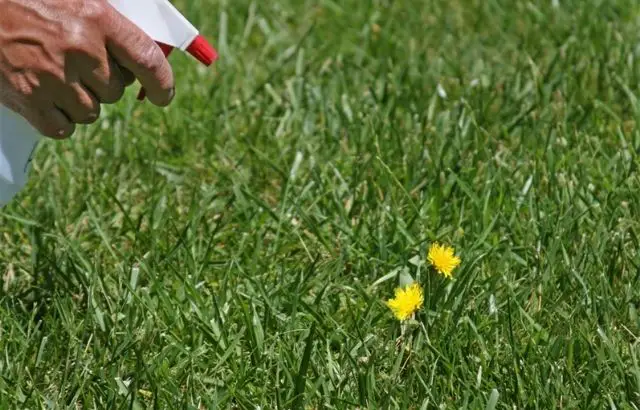Browning pine trees are a sight none of us desire, especially when the greenery is what we want to keep preserved. However, the unfortunate truth is that pine trees can sometimes turn brown for various reasons, including pest infestations, diseases, or environmental conditions. In this guide, we will provide a step-by-step approach to how to treat a pine tree turning brown, so you can restore your green landscape to health.
How to Treat Pine Tree, Turning Brown
Understanding the Cause of Browning
Determine the Issue

The first step in treating a pine tree turning brown is to identify what’s causing the problem. A range of issues can lead to the browning of pine needles, from seasonal changes to pests and diseases. If you see the browning primarily on the lower branches or inside the tree, it could be due to seasonal shedding. However, if the browning is scattered throughout the tree or begins at the top, it may signal a more serious issue, like an insect infestation or disease.
Consult a Specialist
If you cannot diagnose the cause, it might be time to call a local extension service or arborist. They can help identify whether the issue is a common disease such as Dothistroma needle blight, pine wilt, or a pest like pine beetles, and can guide you on the appropriate treatments.
Implementing the Solution
Pest Control

If pests are the culprits, consider using a pesticide suitable for the specific type of infestation. Always follow the instructions given on the product label. Spraying should be done when the pests are most vulnerable, often during their larval stage. Make sure to treat all affected areas.
Disease Treatment
When dealing with a disease, fungicides are typically the best option. The type of fungicide to use depends on the specific disease. For instance, copper-based fungicides are used to control Dothistroma needle blight. Apply the fungicide according to the label instructions.
Proper Maintenance
Regardless of the issue, proper tree care is critical. This includes regular watering, providing adequate nutrients, and avoiding unnecessary tree stress. If the tree is severely damaged, professional pruning might be necessary to remove the dead portions and stimulate new growth1.
Prevention is Better than Cure
Regular Check-ups
As with our health, prevention is better than cure for our trees. Regularly inspect your pine trees for any early signs of pests or diseases, such as browning, yellowing, wilting of needles, oozing sap, or the presence of insects.
Maintain a Healthy Environment
Providing a healthy growing environment for your pine tree is crucial for its well-being. This involves proper watering, fertilization, and ensuring it is planted in an appropriate location.
The step-by-step guide outlined above will surely assist in restoring your browning pine tree to its original, healthy green. However, if the problem persists, it is advisable to consult a tree health professional. If you encounter a dying pine tree, refer to our comprehensive guide.




